Combining Physiotherapy and Chiropractic Treatments for Optimal Recovery
October 14, 2025
7 min

The Synergy Between Physiotherapy and Chiropractic Care
Integrating physiotherapy and chiropractic treatments has emerged as an advanced approach to musculoskeletal health and injury recovery. Each discipline complements the other, offering a holistic, multi-faceted treatment plan that addresses both skeletal alignment and muscular function. This combined care approach accelerates healing, enhances pain relief, and improves overall mobility, making it ideal for a wide range of conditions including sports injuries, chronic pain, arthritis, and post-surgical rehabilitation. In the sections below, we explore two compelling instances where physiotherapy and chiropractic care converge, revealing their distinct yet complementary contributions to optimal recovery.
Key Facts on Integrated Chiropractic and Physiotherapy Treatment
- Integrated chiropractic and physiotherapy treatments provide holistic recovery plans for sports injuries.
- Chiropractic adjustments focus on realigning spinal and joint structures to improve mobility and nerve function.
- Physiotherapy includes strengthening, flexibility, and injury prevention exercises to support recovery.
- Improved circulation and nerve function from chiropractic care aid in reducing inflammation and speeding healing.
- Combining therapies accelerates tissue repair and reduces inflammation more effectively than single therapies.
- Modalities like dry needling, laser therapy, and manual therapy are used to stimulate cellular metabolism and relieve pain.
- Long-term joint health is maintained through corrective exercises, ergonomic guidance, and optimal spinal alignment.
- Coordinated care and personalized rehabilitation between chiropractors and physiotherapists are essential for effective outcomes.
- Integrated treatment approaches lead to faster recovery, improved pain management, and enhanced musculoskeletal function.
- Collaboration and patient adherence are crucial for maximizing treatment benefits and ensuring sustainable recovery.
1. Comprehensive Recovery from Sports Injuries Through Combined Chiropractic and Physiotherapy Treatments

Integrated treatment plans for sports injuries
A combined chiropractic therapy for sports injuries and physiotherapy treatment techniques approach offers a holistic treatment plan tailored for sports injuries. These integrated plans include assessment, targeted therapies, and personalized rehabilitation milestones designed to promote effective healing and prevent future injuries.
Chiropractic spinal adjustments and soft tissue therapy
Chiropractic care focuses on realigning spinal and joint structures through adjustments that improve mobility and reduce nerve irritation. Soft tissue therapies such as deep tissue massage and myofascial release complement these adjustments by alleviating muscle tension, breaking down scar tissue, and enhancing healing.
Physiotherapy exercises for strength, flexibility, and injury prevention
Physiotherapy provides exercises aimed at strengthening muscles, improving flexibility, and retraining the musculoskeletal support system. These exercises help restore movement patterns and build stability essential for preventing re-injury and improving athletic performance.
Benefits of improved circulation and nerve function
Spinal adjustments can increase blood circulation and improve nerve function, which delivers more oxygen and nutrients to injured areas. Enhanced circulation also aids in removing waste products, thereby reducing inflammation and speeding tissue repair. See chiropractic care for nerve function and circulation for more details.
Role of combined therapies in accelerating tissue repair and reducing inflammation
By addressing both spinal alignment through chiropractic care and muscular imbalances via physiotherapy, the combined therapies accelerate tissue regeneration and reduce inflammation more effectively than when used independently. For more, see Combined chiropractic and physical therapy benefits.
Use of modalities like dry needling, laser therapy, and manual therapy
Physiotherapy often incorporates modalities such as dry needling and low-level laser therapy to stimulate cellular metabolism and relieve pain. Manual therapy techniques address joint stiffness and improve mobility, further supporting the recovery process when combined with chiropractic treatments.
Maintaining long-term joint health and function
Corrective exercises and ergonomic guidance in physiotherapy help maintain joint mobility and muscle strength, supporting long-term joint health. Chiropractic care complements this by ensuring optimal spinal alignment, which is crucial for effective movement and reducing chronic strain. See posture correction via physical therapy and chiropractic for more information.
Importance of coordinated care and personalized rehabilitation
Coordinated care between chiropractors and physiotherapists ensures communication and tailored treatment plans that address the patient's unique needs. Regular progress monitoring and patient adherence to prescribed exercises are vital for successful rehabilitation outcomes. Learn about collaboration between chiropractors and physiotherapists.
By combining the focused spinal realignment capabilities of chiropractic care with physiotherapy’s muscle strengthening and flexibility techniques, athletes experience faster recovery, improved pain management, and enhanced overall musculoskeletal function. This comprehensive approach maximizes healing potential and supports a return to peak performance.
2. Managing Chronic Pain and Enhancing Mobility with Integrated Physiotherapy and Chiropractic Care

How does chiropractic care support spinal alignment and nervous system health?
Chiropractic care primarily aims to correct spinal misalignments through precise manual adjustments. These adjustments restore proper joint mobility and improve nervous system function, which is often impacted by spinal dysfunction. By realigning the spine, chiropractic treatment helps relieve nerve irritation, reduce pain, and enhance the body's natural healing capabilities. This approach is especially beneficial in managing musculoskeletal and nerve-related conditions such as back pain, sciatica, and headaches.
In what ways does physiotherapy focus on muscle strengthening and flexibility?
Physiotherapy complements chiropractic care by targeting the muscles and joints surrounding affected areas. It employs tailored exercise programs that include stretching, strength training, and flexibility exercises. These therapies strengthen stabilizer muscles, correct imbalances, and improve joint support, making movements easier and more stable. Techniques may also involve manual therapy, modalities like ultrasound or TENS, and patient education on posture and movement.
How do combined approaches improve pain reduction and function?
When integrated, chiropractic care and physiotherapy offer a comprehensive treatment plan that addresses both spinal alignment and musculoskeletal support. Chiropractic adjustments reduce nerve interference and joint dysfunction, easing pain quickly. Physiotherapy then reinforces this by strengthening muscles around the joints and enhancing flexibility, which improves overall movement and reduces the risk of future injury. This partnership accelerates recovery, encourages better mobility, and provides sustainable pain management.
What benefits do integrated treatments offer for arthritis, back pain, and posture correction?
Patients suffering from arthritis benefit from physiotherapy’s pain management techniques, improved joint mobility, and strength maintenance. Chiropractic care helps by aligning joints to slow degenerative changes. For back pain, spinal adjustments combined with targeted exercises provide both immediate relief and long-term functional improvement. Posture correction is supported through ergonomic education, spinal realignment, and exercises that strengthen postural muscles, leading to better balance, lung capacity, and reduced chronic discomfort.
How do holistic treatment plans target joint mobility and muscle support?
Holistic care plans blend hands-on chiropractic adjustments with personalized physiotherapy exercises. This integrated strategy ensures joint mobility is restored and maintained while muscles are conditioned for optimal support. Education on proper body mechanics, ergonomic practices, and lifestyle adjustments forms a pillar of this approach, fostering self-management and reducing the likelihood of symptom recurrence. You can learn more about the combined treatment plans.
What long-term strategies involve ergonomic education and patient adherence?
Long-term success depends on effective patient participation and education. Practitioners teach patients how to maintain proper posture, use ergonomic tools, and perform corrective exercises regularly. Adherence to prescribed home exercises and follow-up treatments ensures ongoing mobility, muscle balance, and pain control. This sustained engagement helps prevent chronic conditions from worsening and reduces re-injury risks, as explained in this comprehensive guide.
What examples illustrate faster recovery and lowered risk of reinjury?
Integrated treatment programs have shown faster recovery times following sports injuries, auto accidents, and chronic musculoskeletal conditions. For instance, patients receiving combined chiropractic and physiotherapy care for lower back pain often experience earlier pain relief and quicker return to normal activities. Strengthening exercises paired with spinal adjustments enhance stability, which decreases the odds of future injuries and supports long-term wellness. More details can be found in resources about sports injury recovery and auto accident injury management.
Why is collaboration between practitioners and patient engagement important?
Coordinated communication between chiropractors and physiotherapists allows for seamless adjustments of treatment plans based on patient progress. This synergy enhances therapeutic effectiveness by addressing complex issues from multiple angles. Patient engagement through active participation, regular appointments, and adherence to guidance is vital to maximize treatment benefits and enable sustainable recovery. The benefits of such collaboration are outlined in this detailed article.
In summary, combining chiropractic care and physiotherapy results in a powerful, multifaceted approach to chronic pain management and mobility enhancement. This integrated method addresses both the structural alignment and muscular components of the musculoskeletal system, leading to improved function, reduced pain, and better quality of life for patients with diverse conditions. Learn more about the synergy of these therapies here.
The Road to Optimal Recovery Through Synergistic Care
The integration of physiotherapy and chiropractic treatments offers a powerful route to optimal musculoskeletal health and recovery. By addressing both joint alignment and muscular support, this combined approach not only accelerates healing but also enhances pain management and long-term function. Whether recovering from sports injuries, managing chronic pain, or preventing future issues, the synergy between these two therapies provides a comprehensive solution. Patients benefit from personalized, coordinated care plans designed to improve mobility, reduce inflammation, and foster lasting wellness. Embracing this holistic methodology enables individuals to reclaim their quality of life with greater confidence and resilience.
Recent articles
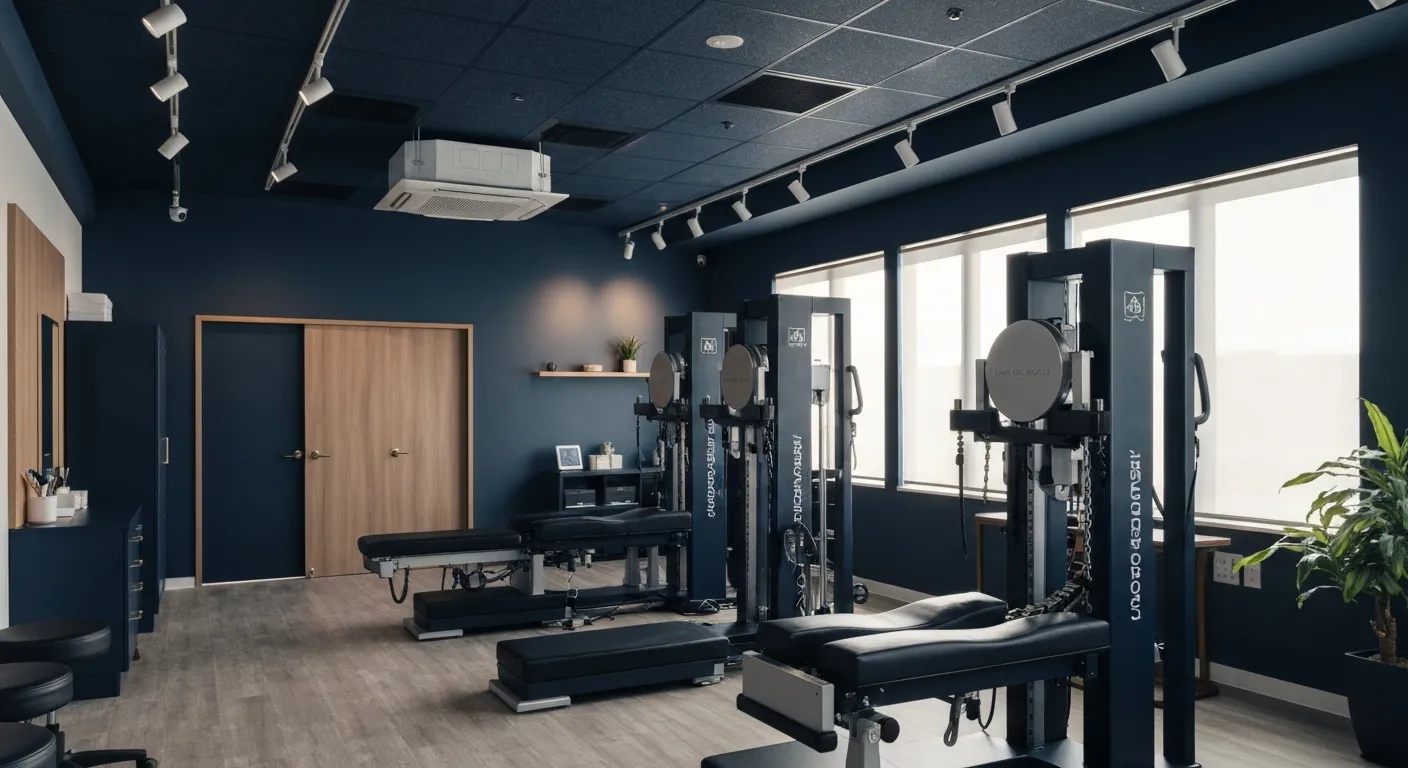
Sciatica Relief Through Targeted Spinal Decompression

Integrating Physiotherapy with Chiropractic Treatments for Better Results

Testimonials That Demonstrate the Benefits of Chiropractic Care

The Power of Corrective Exercises in Pain Management

A Step-by-Step Guide to Your Initial Chiropractic Consultation

9 Nutritional Tips to Enhance Your Chiropractic Wellness Journey

Patient Experiences: How Chiropractic Care Changed Their Lives

Lifestyle Recommendations to Keep Your Spine in Top Shape

Effective Corrective Exercises for Long-Term Pain Relief

Back Pain Benefits: What Chiropractic Care Can Do for You

Spinal Decompression Techniques for Effective Sciatica Relief

Top Nutritional Counseling Tips for Enhanced Wellness
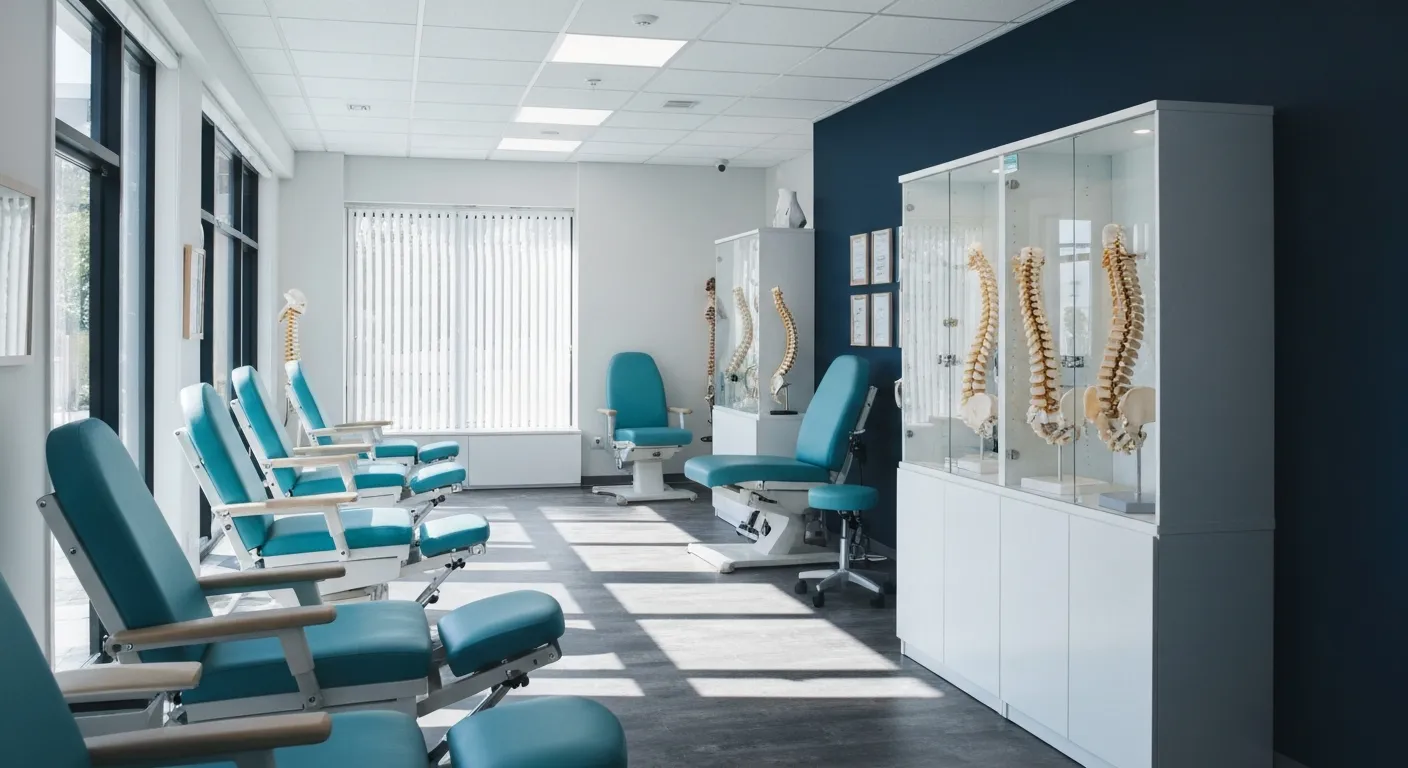
6 Lifestyle Habits That Boost Spine Health Daily

Discover Holistic and Non-Surgical Pain Relief Solutions

Exploring Holistic and Non-Surgical Treatment Options for Pain
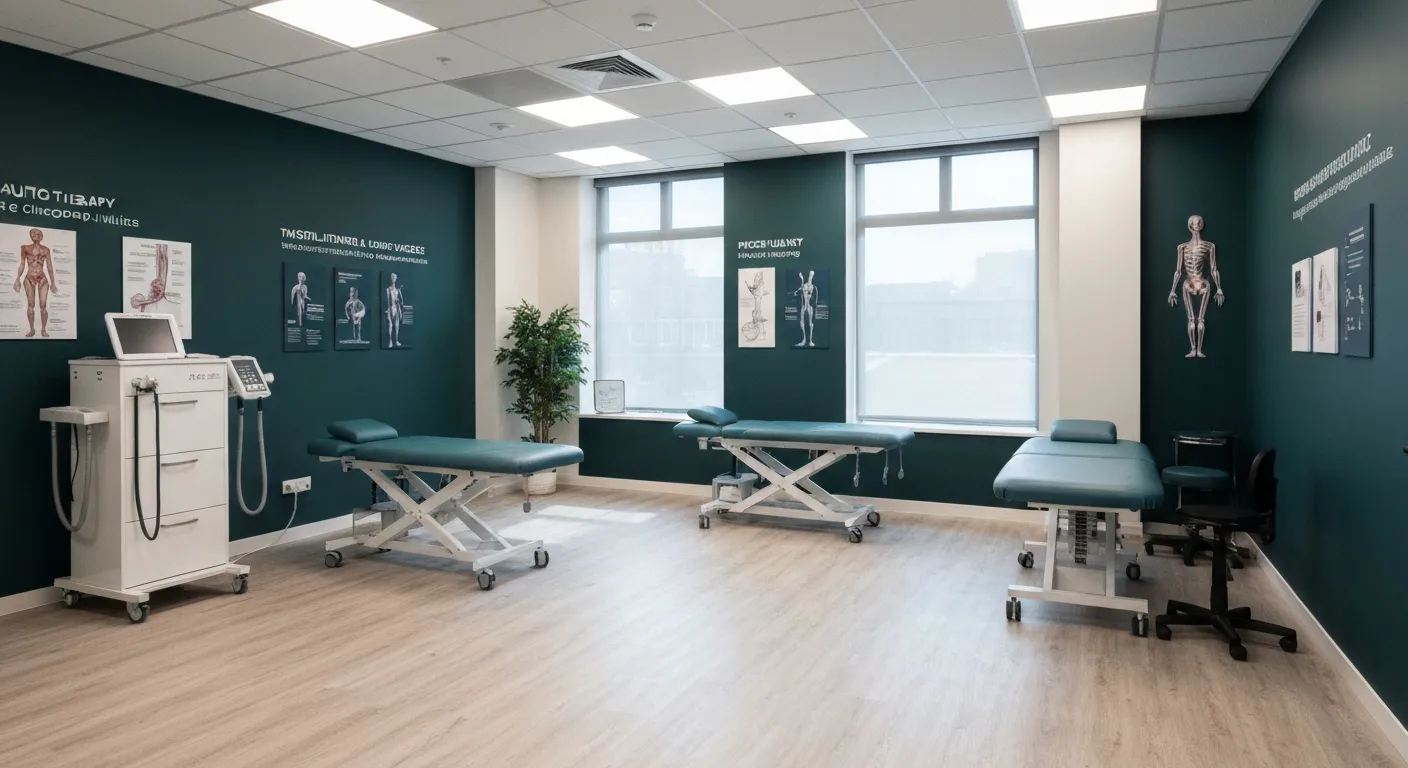
The Role of Physiotherapy in Enhancing Chiropractic Care Outcomes

Complementing Chiropractic Care with Physiotherapy: What You Need to Know
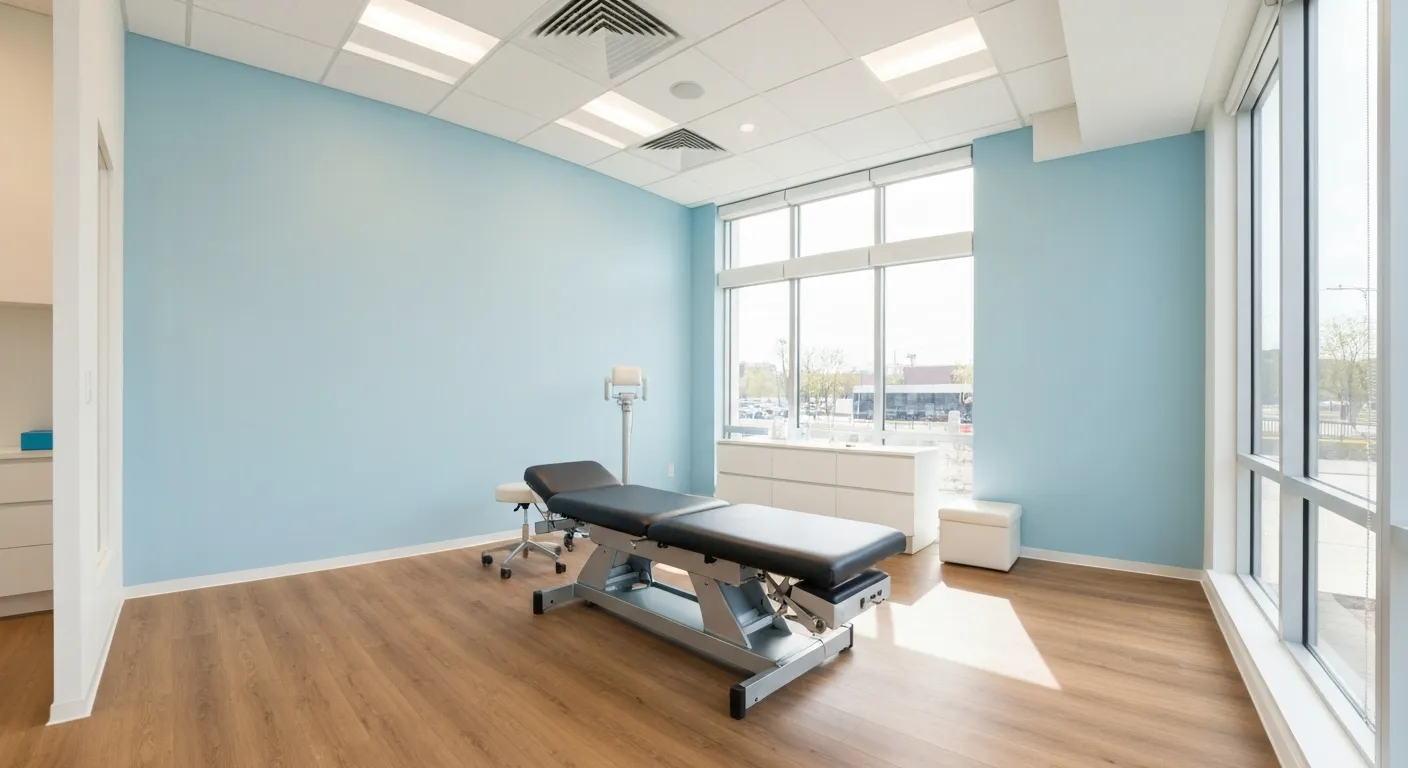
What to Expect During Your First Chiropractic Visit

Simple Lifestyle Adjustments to Maintain a Healthy Spine

Personalized Nutritional Counseling for Improved Health Outcomes

Exploring Non-Surgical Treatments for Spine-Related Conditions

An Introduction to Spinal Decompression for Sciatica Patients

Transformative Success Stories: Patient Experiences with Chiropractic Treatments

Why Chiropractic Care Is Essential for Back Pain Relief

Addressing Underlying Causes Versus Symptom Management in Pain Care

The Role of Nutrition in Enhancing Chiropractic Treatment Effectiveness

Sciatica Treatment Options: Is Spinal Decompression Right for You?

Lifestyle Tips to Maintain a Healthy Spine and Prevent Back Issues

The Synergy Between Physiotherapy and Chiropractic Treatments

What Happens During Your Initial Chiropractic Consultation

Effective Corrective Exercises for Sustainable Pain Management

Taking a Root Cause Approach to Chronic Pain Management

Holistic Pain Management Techniques Without Surgery

How Patient Success Stories Validate Chiropractic Care Benefits

Spinal Decompression: Innovative Treatment for Sciatic Nerve Pain

Spinal Decompression Therapy: A Non-Invasive Approach to Sciatica Relief

Exploring Holistic Approaches Beyond Surgery for Pain Relief

Practical Lifestyle Advice to Support a Healthy Spine Every Day

Corrective Exercise Routines Designed for Long-Term Pain Prevention

Real Patient Stories: Overcoming Chronic Pain with Chiropractic Care

Lifestyle Changes That Promote a Healthy Spine and Prevent Injury

How Addressing the Root Cause of Pain Leads to Lasting Relief

Non-Surgical Holistic Therapies to Manage Chronic Pain Effectively

Nutritional Counseling's Impact on Physical Health and Healing

Benefits of Regular Chiropractic Care for a Stronger Back

Your First Chiropractic Visit: What to Expect and How to Prepare

Patient Experiences: How Chiropractic Care Transformed Their Lives

Exploring Holistic, Non-Surgical Options for Pain Management

Combining Physiotherapy with Chiropractic Treatments for Enhanced Recovery

Holistic Treatments That Offer Alternatives to Surgery for Pain Relief

Corrective Exercise Strategies for Long-Term Spine Health

How Physiotherapy Complements Chiropractic Adjustments for Better Outcomes

First-Time Chiropractic Visitors: What You Should Know

Understanding the Importance of Treating Pain at Its Source

Adopting Lifestyle Changes to Support Your Spine's Wellness

Utilizing Physiotherapy to Enhance Chiropractic Treatment Outcomes

The Key Advantages of Chiropractic Care for Back Pain Sufferers

Why Focusing on Root Causes Improves Pain Treatment Success

Corrective Exercises That Promote Lasting Pain Relief and Mobility

Sciatica Relief Through Targeted Spinal Decompression Techniques

Preparing for Your First Chiropractic Appointment with Confidence

Healthy Lifestyle Habits for Maintaining Spinal Alignment

Success Stories Highlighting Chiropractic's Role in Pain Recovery

Top Benefits of Chiropractic Care for Chronic Back Pain

Nutrition Tips to Boost Your Overall Wellness and Recovery

How Chiropractic Care Alleviates Back Pain Naturally

How Nutritional Counseling Supports Overall Wellness and Spine Health

Step-by-Step Guide to Your First Visit with a Chiropractor

Using Nutrition to Support Chiropractic and Overall Wellness

Integrating Physiotherapy in Your Chiropractic Healing Journey

How Physiotherapy Complements Chiropractic Adjustments for Faster Healing

Lifestyle Tips for Maintaining a Healthy Spine and Preventing Back Pain

Heartwarming Patient Testimonials Highlighting Chiropractic Success

How Proper Nutrition Supports Chiropractic and Physiotherapy Treatments

Combining Physiotherapy and Chiropractic Treatments for Optimal Recovery

Why Chiropractic Treatments Are Effective for Managing Back Pain

Choosing a Chiropractor: Tips for Finding a Trusted Provider

Integrating Physiotherapy and Chiropractic: Benefits and What to Expect

How Tailored Corrective Exercises Can Aid in Pain Management

Chiropractic Care: A Proven Solution for Alleviating Back Pain

What to Expect at Your First Chiropractic Visit: A Comprehensive Guide

The Importance of Root Cause Analysis in Effective Pain Management

The Role of Corrective Exercises in Sustaining Pain-Free Living

Combining Chiropractic and Physiotherapy for Comprehensive Pain Relief

How Addressing Underlying Causes Improves Pain Treatment Effectiveness

Maintaining Spinal Health Through Lifestyle Changes and Preventive Care

Understanding the Benefits of Chiropractic Adjustments for Back Pain Sufferers

Spinal Decompression Therapy: A New Hope for Sciatica Relief

Lifestyle Recommendations to Support a Healthy Spine and Reduce Pain
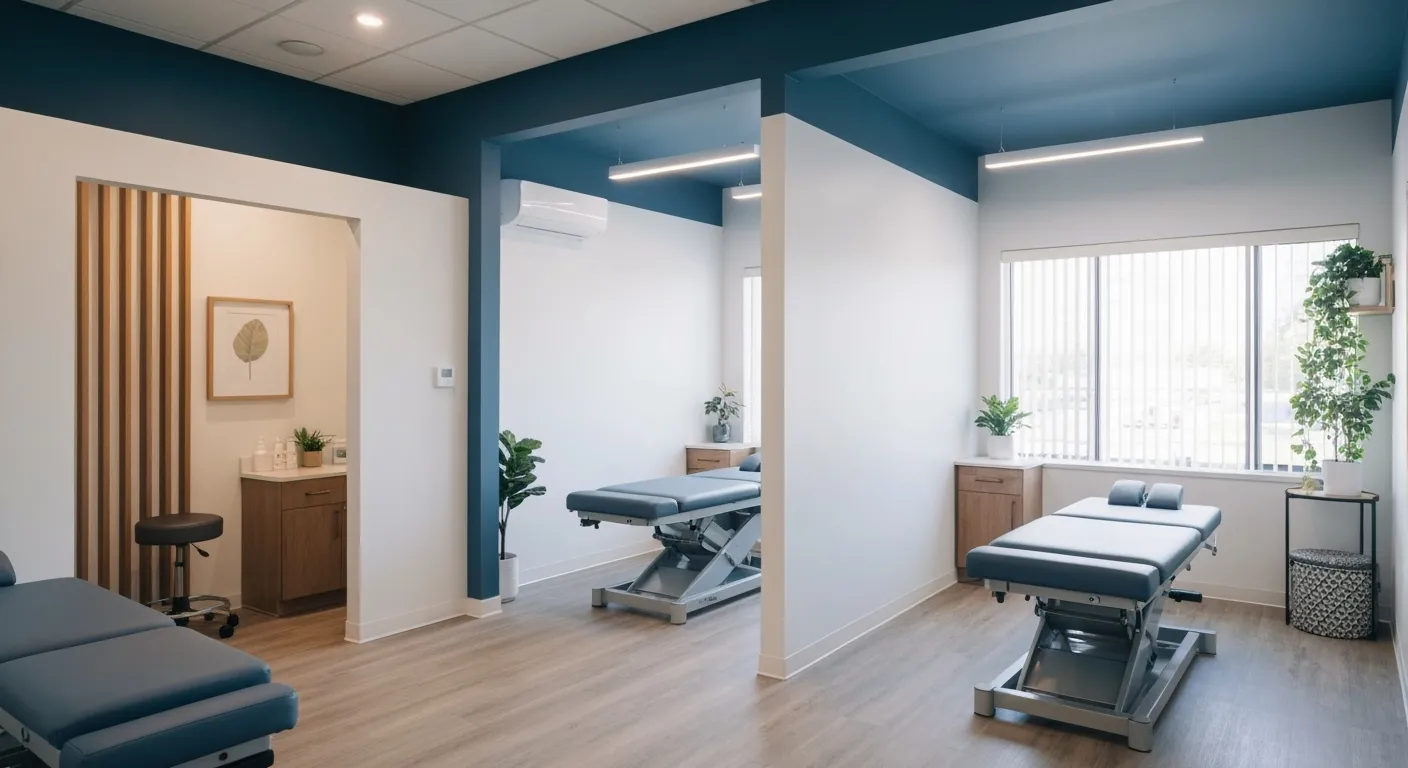
Choosing the Right Chiropractor: Key Factors to Consider Before Your First Appointment

Non-Invasive Treatment Alternatives: A Holistic Approach to Pain Relief

Corrective Exercises to Support Long-Term Relief from Chronic Pain

Exploring Non-Surgical Approaches to Spine Health and Wellness

Tips for Daily Habits That Keep Your Spine Strong

Success Stories: How Chiropractic Treatments Changed Lives

Why Focusing on the Root Cause of Pain Leads to Better Outcomes

Nutritional Counseling and Its Impact on Overall Wellness and Recovery

Patient Testimonials That Showcase the Power of Chiropractic Care

Preparing for Your First Chiropractic Appointment: What You Need to Know

